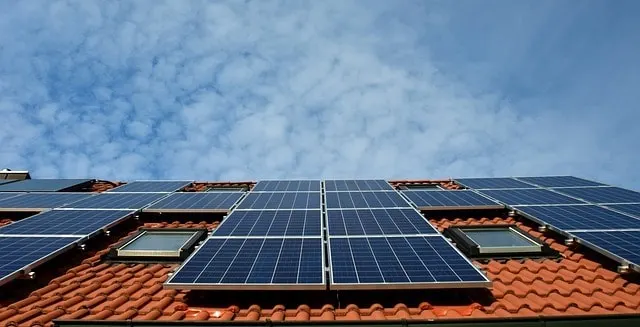
Global warming is a significant concern for many people in the UK currently. Indeed, three-quarters of adults in the UK say that they’re worried about climate change. And one of the best ways to lower your environmental impact is by tailoring your home to become an eco-friendly haven. Below, we explore how you can achieve this.
Install double-glazed windows
Installing double-glazed windows in your home is a simple change you can make, but it’ll yield big results for energy saving. Double glazing creates two layers of glass for your windows, with a vacuum in between the two layers. For a start, this reduces heat loss, meaning that you’ll use less energy to heat your home. What’s more, double-glazing reduces draughts, meaning your home will feel warmer to begin with. Plus, these windows can help improve your ventilation over the summer too.
Underfloor heating
You could also consider using underfloor heating rather than radiators. Indeed, radiators can be inefficient: they push dirty air around your home, leading to mould and other issues. Instead, by installing underfloor heating, you can enjoy many benefits. Underfloor heating will warm the room quicker, operates at a lower temperature and can regulate heat in a larger space. Pair this with an energy-efficient boiler and you’ve got a great duo for creating an eco-friendly home”
Insulation
Using proper insulation in your home can lower your impact on the environment too. Insulation is used to keep your home warm and to reduce the energy needed to increase the temperature. This can lower your carbon footprint while you use recycled goods to create your insulation. There are plenty of different types of insulation to choose from. There’s fibreglass, spray foam, open-cell polyurethane foam and cotton batts. By shopping around and picking out the best deal, you can take your next steps toward creating an eco-friendly home.
Smart thermostat
You can also utilise the latest technology to make your home eco-friendly. Smart thermostats are one way of achieving this. A smart thermostat will be connected to your heating system and will track your system’s patterns across the day. From there, it’ll be able to heat up the home while you’re present in the house while switching off when you’re out. This can help you use your heating only when you need it, therefore saving you money and preventing your system from wasting excess energy. By connecting the thermostat to your smartphone, you’ll have added control too.
Making your home more eco-friendly can ease your conscience and your wallet. By following the guide above, you should be all set to ensure your home becomes more energy efficient.
- Sagittarius Man & Gemini Woman Love and Sex Compatibility - January 31, 2024
- Taurus Ascendant Rising Personality Traits in Men (Guide) - January 31, 2024
- How to Seduce and Attract a Sagittarius Man (Seduction Tips) - January 31, 2024
